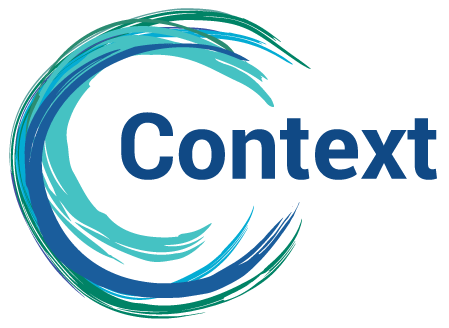Turning Your Resilience into a Leadership Act
By Mary Stacey

In today’s ‘always on’ environment, leaders experience pressure, information overload and constant distraction. Over time this sabotages many things, from their wellness to their ability to be personally resilient: present and productive during turbulence. Perhaps its because of this that we’re hearing a lot about resilience these days.
Resilient people are more healthy, hopeful, optimistic, and positive, able to learn and adapt more quickly, turn adversity into a growth experience, and flourish in times of change. Its easy to see why they can be effective leaders.
The impact of resilient leaders
Resilient leaders stand out. They boost their team’s performance. They exude spaciousness that allows others to open up and take risks, making it possible to accommodate diverse perspectives and needs. Their emotional self-regulation helps the team work through conflict creatively rather than become polarized. They contribute their resilience to pivotal team conversations where collaboration and collective intelligence are essential, creating a climate that is less reactive and more responsive. Their teams spend less time fire-fighting and more time being proactive.
Google has found that resilient leaders create the most important dimension of team success: a climate of psychological safety. In contrast, non-resilient leaders who are reactive and emotionally off-balance create a climate of threat, triggering the brain’s shut-down fight-flight-freeze response. Threat undermines a team’s ability to form trust relationships, stay goal-focused during uncertainty, and bring their diversity to solve complex problems—all essential elements of collaboration.
Teams of Resilient Leaders
Teams of resilient leaders achieve exponential benefits. Their psychologically safe environment has coherence, things make sense and flow more easily. The team experiences high energy and continuously renews its sense of purpose. Conversations are open and vulnerable, helping the team access greater capacity to lead complex change. At peak performance, the team is collaboratively resilient, able to quickly improvise and adapt in ongoing turbulence.
Building Collaborative Resilience
Here are some ideas for developing your personal resilience and turning it into a leadership act that supports collaboration.
1. Cultivate your personal resilience
A recent Harvard Business Review study demonstrated that even ten minutes of daily mindfulness practice produces improvement in resilience, the capacity for collaboration, and the ability to lead in complex conditions.
Developing a personal practice (journal writing, breathing for relaxation, embodiment exercises) will help you to remain present, emotionally self-regulated, and capable of performing at your best. Over time you’ll spend less time in threat response and be better able to thrive in uncertainty.
2. Turn your resilience into a leadership act
You can translate your personal resilience into a leadership act by modeling presence: the ability to focus on the current moment, be open to diverse perspectives, listen and reflect. When others see that your presence combines with the performance level you are able to maintain, you will be demonstrating how they, too, might be resilient in turbulent times.
3. Facilitate collaborative resilience in your team
Begin your meetings with a check in. Combine the HBR study’s ‘mindful minute’ with a round-table response to a question as simple as ‘How are you?” This allows team members to settle in, re-connect with themselves, choose their quality of attention, and build trust with others before turning to the issue at hand.
Be aware that your team members’ brains are constantly evaluating what you say and do in relation to threat. Design your meetings and pivotal conversations to maximize creative conflict and minimize threat. You’ll know when you’re in the zone: your team will experience a surge of energy and a renewed sense of purpose. They’ll anticipate disruption with confidence and navigate it with greater ease.
I introduce these strategies, along with many others, during Leading with Personal Resilience, part of the Collaborative Leadership Essentials at the Kingbridge Conference Centre.
References:
One Second Ahead: Enhance Your Performance at Work with Mindfulness (Hougaard, Carter, and Coutts, 2015)
How to Bring Mindfulness to Your Company’s Leadership (Harvard Business Review, 2016)
What Google Learned from its Quest to Build the Perfect Team (New York Times, 2016)
Kingbridge founder John Abele speaks on collaboration

